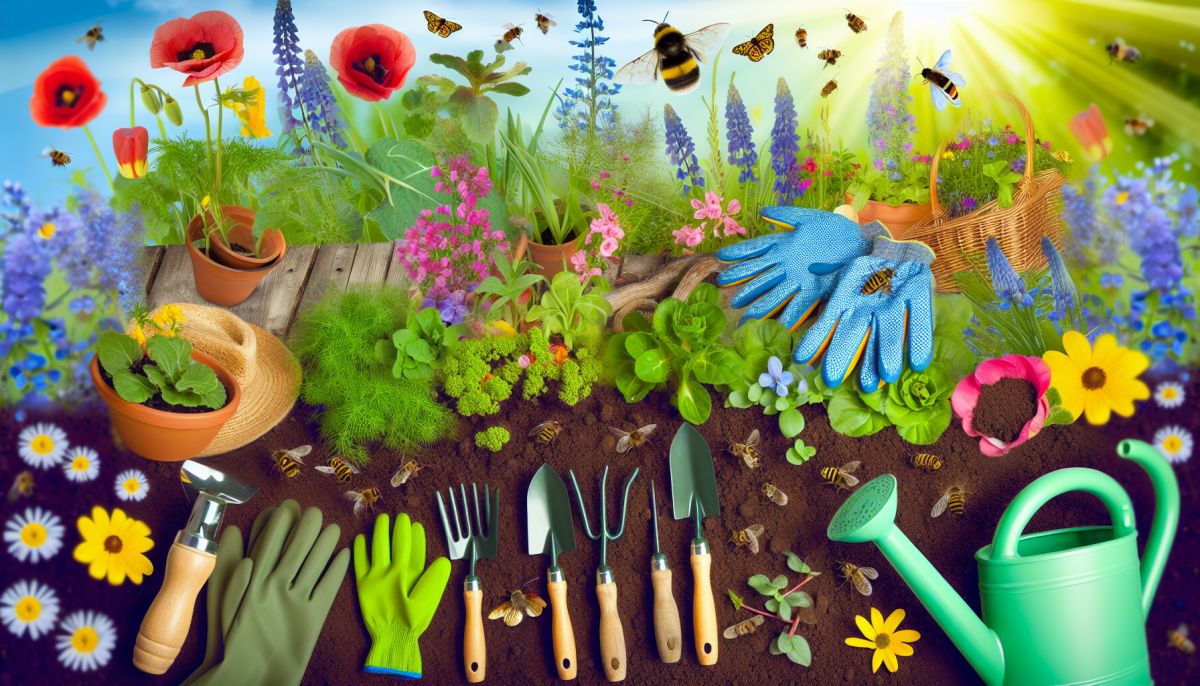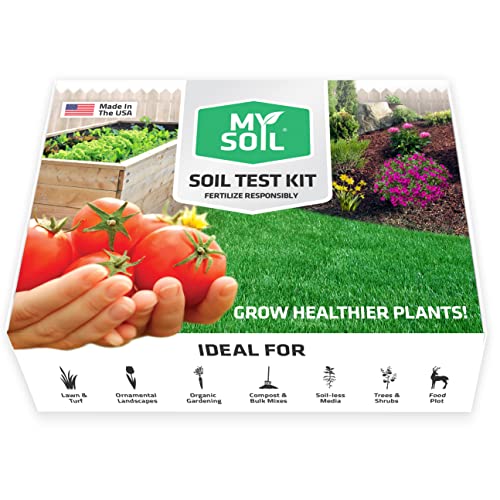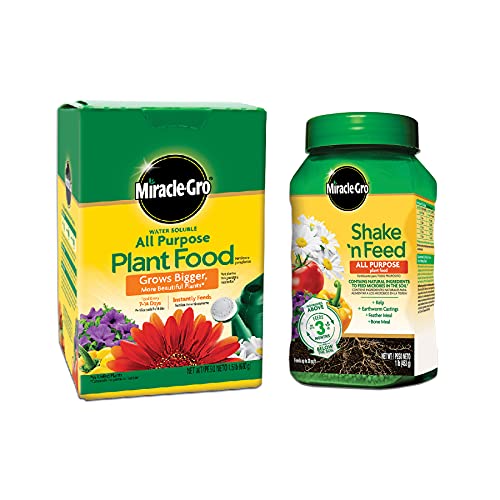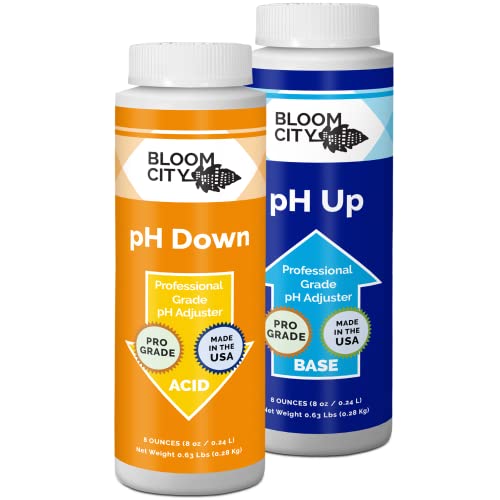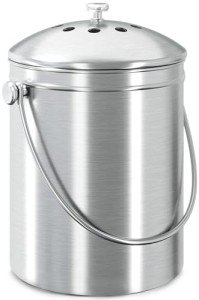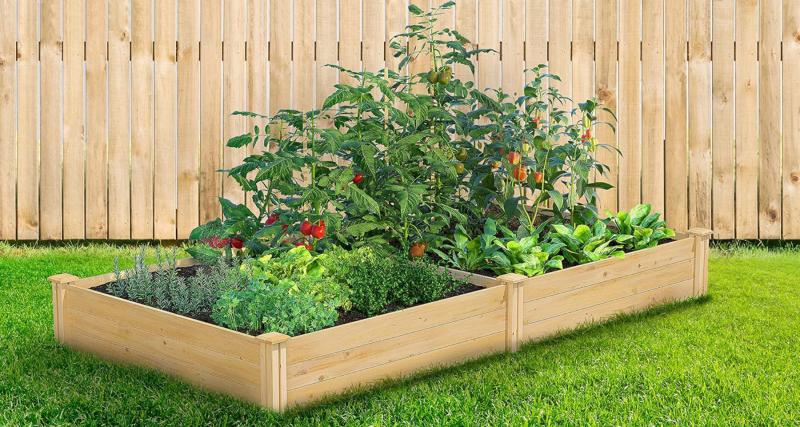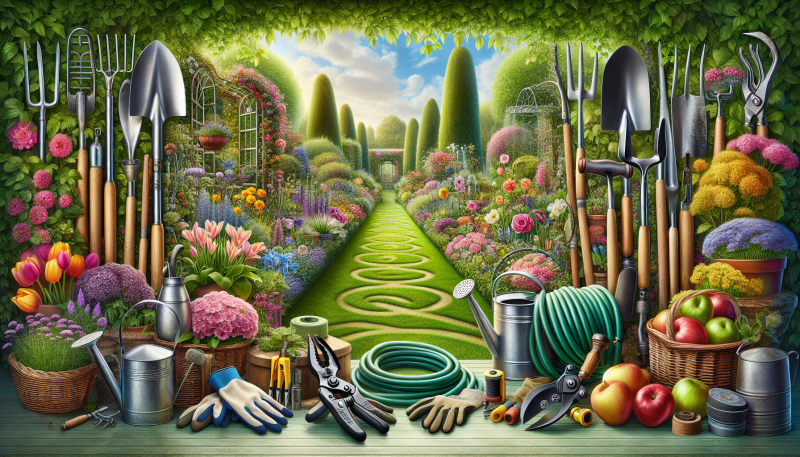Getting your garden ready for spring is as exciting as watching your plants bloom! Before diving in, take a moment to prepare your space. This is where your spring gardening checklist kicks in, helping you set up a thriving area for your green friends.
Remove debris
Start by clearing out any debris from winter. You’ll want to remove dead leaves, branches, and old plant remnants. This not only tidies up your garden but also prevents pests and diseases from sticking around. Grab a rake and a couple of gardening gloves, and make it a fun little project!
Test soil
Next, assess your soil. Healthy soil is the foundation of any happy garden. Use a spade to turn over the top layer and check for any clumps or rocks. If your soil seems lacking, consider mixing in some compost to enrich it. This is a great way to ensure your plants have the nutrients they need to thrive, and it’s a step that’s easy to tick off your spring gardening checklist.
Plan your garden's layout
Don’t forget to plan your layout too! Think about what you want to plant where. Take note of sunlight and shade in your space—some plants need more sun than others. Sketching it out can help avoid overcrowding and make sure your plants have enough room to grow. This planning stage is an essential part of your preparation.
Prep garden tools
Finally, check your tools! Make sure everything is clean, sharp, and ready to go. Whether it’s your trowel, pruners, or watering can, having the right tools handy will make gardening a breeze. With all these prep steps in place, you’ll be ready to tackle your garden with confidence this spring!
Selecting the Right Plants
Your growing zone
Start by considering your climate. Do you live in a cooler area, or is it warm and sunny year-round? Make a list of plants that are known to flourish in your specific conditions. For instance, if you live in a sunny spot, herbs like basil and rosemary are great choices, while leafy greens like kale and lettuce love cooler temperatures.
Planting space
Next, think about the amount of space you have. If you're working with a small balcony or a patchy backyard, opt for compact plants or even vertical gardening solutions. Crops like cherry tomatoes or strawberries can adapt nicely to these smaller spaces. For larger gardens, you might want to mix in flowers with your veggies; they can attract pollinators and make your garden more visually appealing.
Water and sunlight
Keep in mind the care each plant needs. Some require more watering and sunlight than others. If you’re busy and can’t commit to a lot of attention, go for low-maintenance plants like succulents or perennial flowers. The right plants for your lifestyle will help you keep your garden flourishing without added stress!
Caring for Soil and Nutrition
Taking care of your soil and nutrition is like giving your plants a cozy home. Healthy soil is the foundation of a great garden, and it directly affects how well your plants grow. As you go through your spring gardening checklist, don't forget to check on your soil's health!
Test soil
Start by testing your soil. You can buy a simple test kit at your local garden store. This will tell you its pH level and nutrient content. Knowing what your soil needs helps you make better choices. If it’s too acidic or alkaline, you might need to add some lime or sulfur to balance it out.
Add organic material
Add organic matter, like compost or well-rotted manure, to enrich your soil. This not only boosts nutrient levels but also improves soil structure, helping it retain moisture and air. Aim to mix in a good amount of compost every spring, and your plants will surely thank you for it!
Fertilize
Next, when you choose fertilizers, look for ones that suit your plants' specific needs. Organic options often work great because they feed the soil as well as the plants. Always read the labels and follow the instructions—nothing too complicated. Just a little extra love can go a long way!
Watering and Maintenance Tips
Getting your garden going in spring is exciting, but a little extra care goes a long way. To keep your plants thriving, proper watering and maintenance are key components of your spring gardening checklist. Here are some handy tips to make sure your green friends are well taken care of!
Water Wisely
- Water early in the morning or late in the evening to minimize evaporation.
- A deep soak is better than a quick sprinkle. Aim for about an inch of water per week, adjusting for rain.
- Use a soaker hose or drip irrigation to deliver water directly to the roots, which reduces waste and promotes healthier plants.
Check Your Soil
- Before planting, test your soil’s moisture level. Stick your finger about an inch into the soil; if it feels dry, it’s time to water.
- Consider adding mulch around your plants to help retain moisture and regulate soil temperature. This is a great tip for your spring gardening checklist!
Regular Maintenance
- Keep an eye on weeds, as they can steal water and nutrients from your plants. Pull them out by hand or use a hoe to keep the beds tidy.
- Deadhead flowers as they wilt. This encourages new blooms and keeps your plants looking fresh!
- Inspect your plants regularly for pests or diseases. Catching these issues early can save your garden from bigger problems down the road.
